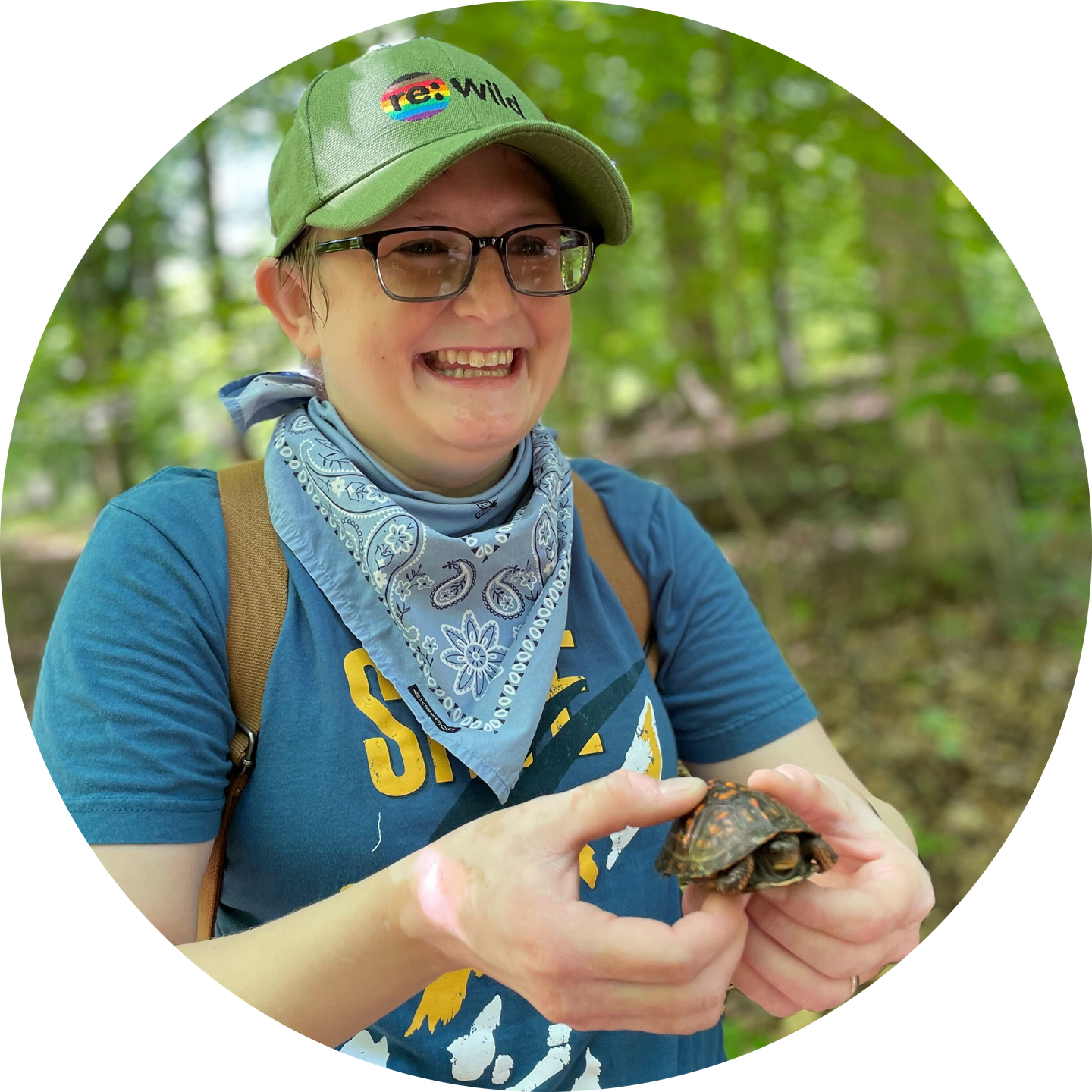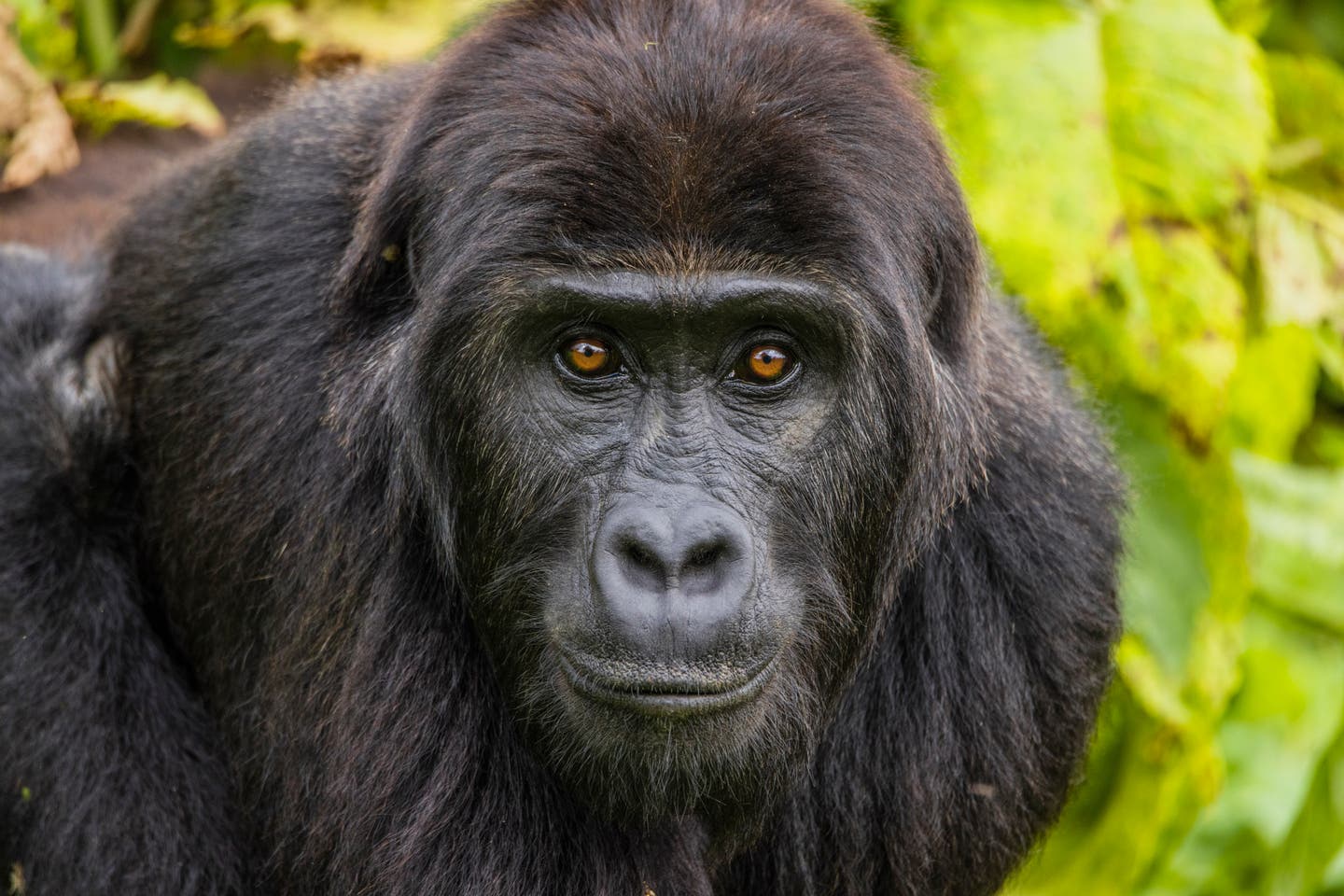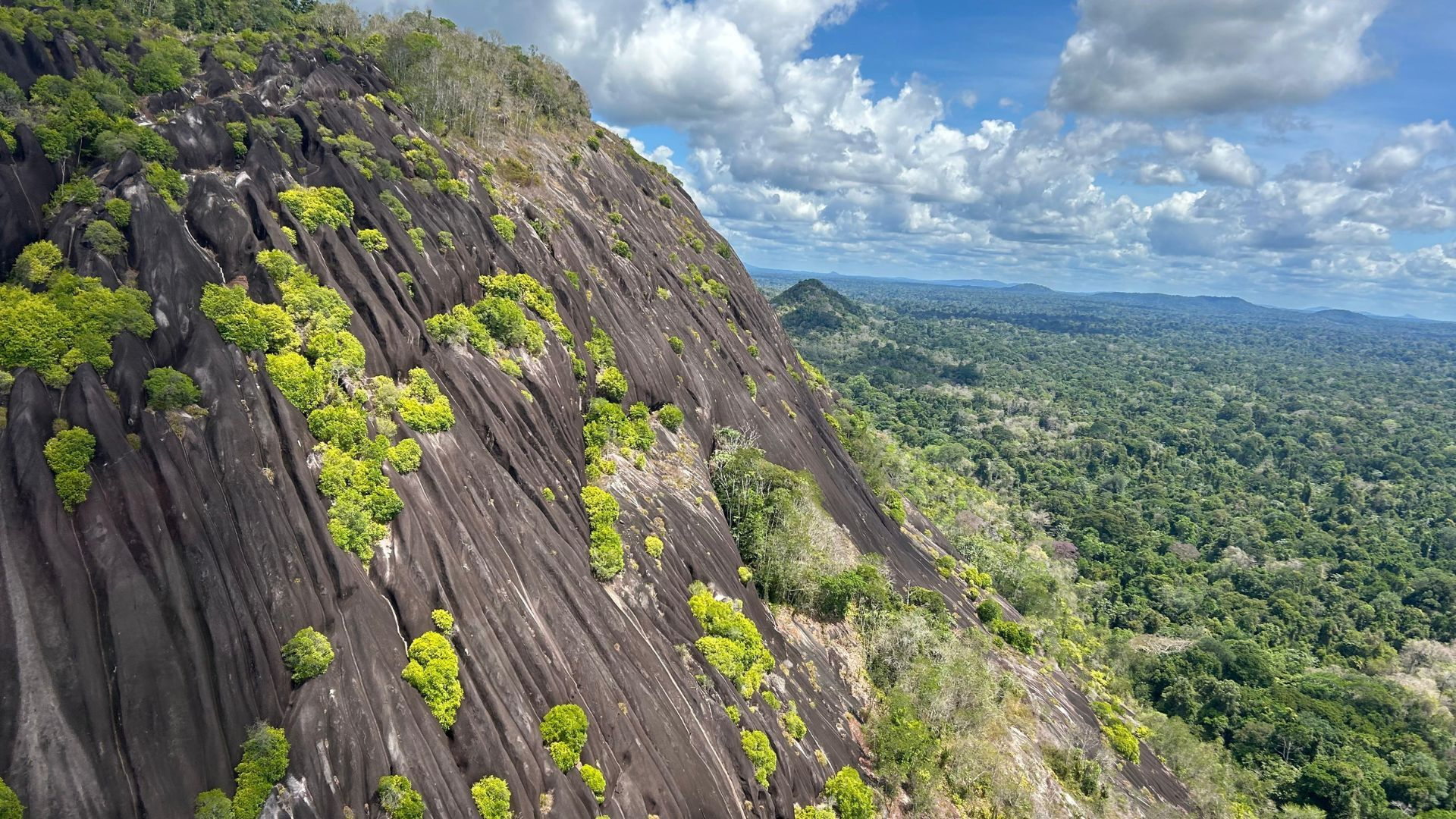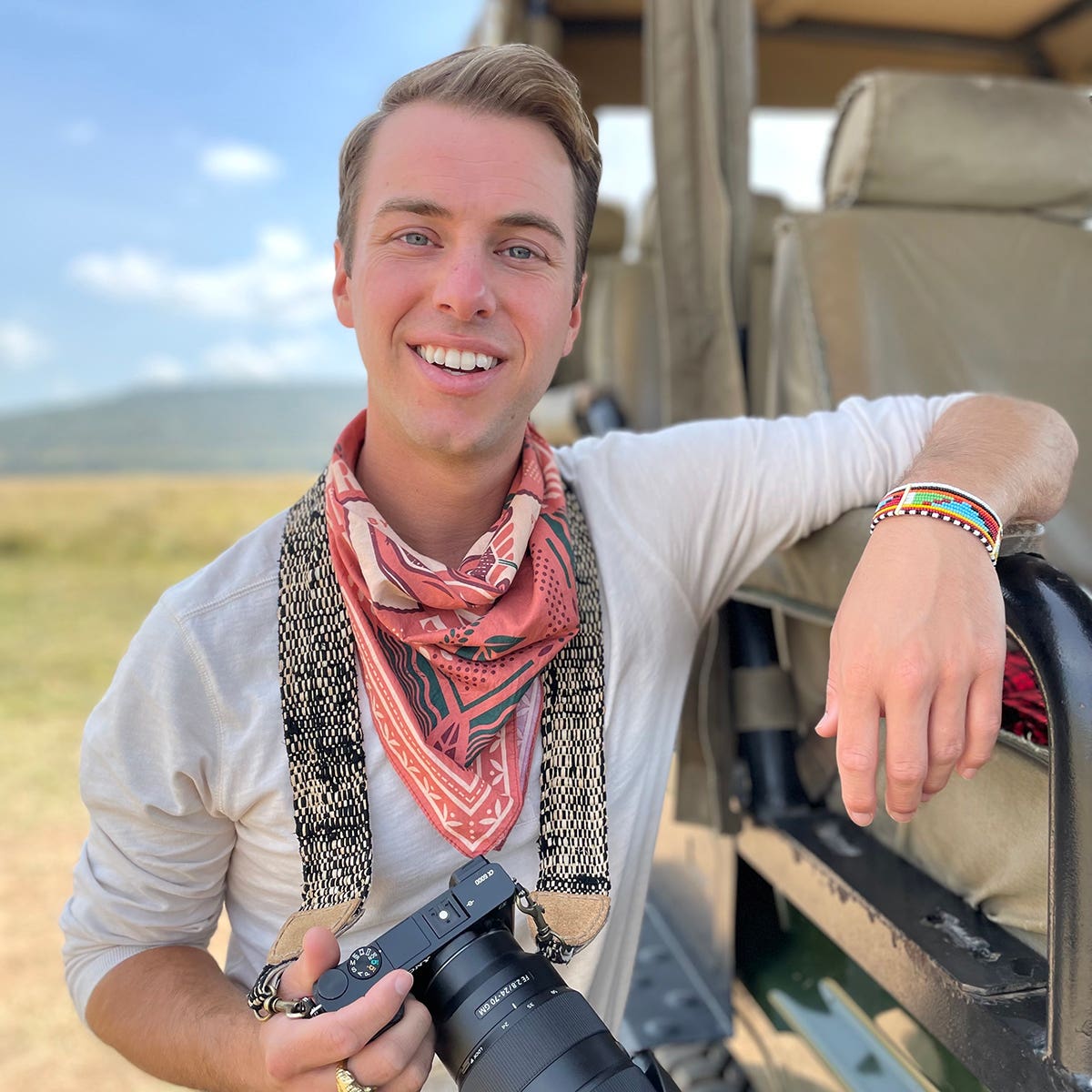
One year after the launch of a program to closely monitor the movement, behavior, diet, and demographics of the eastern lowland gorilla, also known as Grauer’s gorilla (Gorilla beringei graueri), in the Democratic Republic of the Congo’s Tayna Nature Reserve (Tayna), conservationists are starting to answer questions about this little-studied species that will help protect them.
In the last 20 years, nearly 80% of the global population of wild eastern lowland gorillas has disappeared, leaving no more than 6,800 members of the species left in the world. Eastern lowland gorillas are considered one of the world’s most endangered primates and Tayna is one of the gorillas’ last strongholds.
“Information from this extensive monitoring project helps us to focus our protection efforts in these areas while working with local communities to reduce local forest pressures,” said Katie Fawcett, GRACE program director. “With so few animals remaining and so much we don’t know about them, it is critical that we understand how these gorillas use their habitat and how to ensure people and wildlife can coexist in this region.”
Located near Tayna, Re:wild partner Gorilla Rehabilitation and Conservation Education (GRACE) Center operates the world’s only sanctuary for rescued eastern lowland gorillas. GRACE’s all-Congolese team rehabilitates orphaned gorillas back to health, and provides them the chance to live with other gorillas again as part of a tight-knit surrogate gorilla family. GRACE’s ultimate goal is to reintroduce these rescued individuals back into the wild. More than a sanctuary, GRACE also works with local communities on conservation education, forest protection, and sustainable livelihoods to help secure a future for eastern lowland gorillas and to foster a peaceful coexistence between humans and gorillas.
The local community is an integral part of not only the monitoring effort, but all of GRACE’s operations and work. Tayna is a community-managed reserve and the long-standing relationship between GRACE and Tayna makes the monitoring program possible. The monitoring program began after the first-ever great ape survey of the entire reserve in 2020, which confirmed the presence of healthy populations of critically endangered eastern lowland gorillas in Tayna. The ongoing monitoring project is co-led by the reserve management authority, Réserve des Gorilles des Tayna (RGT), and GRACE. The three monitoring teams consist of nine people each who were hired from the community and trained by GRACE staff and scientific advisors. Each monitoring group goes out to track the gorillas and collect biodiversity data through rough terrain for about 20 days at a time.
Guided by satellite imagery and results from the survey of the reserve, tracking teams have spent the last year closely monitoring the eastern lowland gorilla groups within Tayna. This remote and heavily forested reserve has no maintained roads, so teams have to operate entirely on foot. They are collecting scientific data on these gorillas, including genetic data from fecal samples for identification. Field teams follow the movements of the gorillas through the forest, staying at least one day’s travel behind the group. The field teams record signs that gorillas have passed through the area, including plant species that the apes eat, feces, and sleeping sites made by the gorillas each evening.
The continual presence of monitoring teams aids in the protection of great apes. The data they collect also helps conservationists understand how the gorillas in Tayna might differ from other gorillas in the landscape. For example, the diet of the Tayna gorillas appears to have similarities with both the diet of gorillas ranging in the higher altitude Kahuzi-Biega National Park and gorillas in the lower altitude forests at Nkuba, reflecting the transitional forests of Tayna. This reinforces the importance of studying individual populations to better understand and guide locally created conservation strategies.
During the first year of monitoring, teams were thrilled to observe a mother and infant eastern lowland gorilla on trail camera for the first time. For a critically endangered population where every individual counts, finding this mother and baby provides hope for the future of these gorillas in Tayna.
“These monitoring efforts provide us with a wealth of information on a great ape we are just starting to really understand,” said Dirck Byler, Re:wild ape conservation director and Rapid RESCUE Fund director, and vice-chair of the Section on Great Apes of the IUCN SSC Primate Specialist Group. Re:wild is partnering with GRACE on conservation efforts for the eastern lowland gorilla. “Answering these questions is the key first step in understanding the ecology of this species and how we can best support their populations with long-term conservation actions. We are so inspired by the commitment of GRACE and the local communities of Tayna to our planet.”
Gaining the support of community members in Tayna was critical to the successful launch of the monitoring program. Throughout this process, GRACE staff worked hand-in-hand with local communities to host informational meetings, build relationships, and ultimately hire and train individuals from nearby villages – many from the same families who helped create the reserve over 20 years ago.
“The research carried out through the monitoring program is not only important for the wildlife but also for the local community, which benefits from Tayna Nature Reserve,” said Paluku Ndeya Kakungu, member of La Réserve des Gorilles de Tayna. “From this monitoring, the richness of Tayna can be shared around the world, highlighting the threats against gorillas and their role in driving community development. These findings have empowered members of our local association to continue to take action in protecting eastern lowland gorillas, our critically endangered neighbors.”
Eastern lowland gorillas are endemic to the forests of eastern DRC. Their limited range includes gorilla populations within Tayna, Virunga National Park, community forests in the Nkuba area, and the forests within and surrounding Kahuzi-Biega and Maiko National Parks and Itombwe Nature Reserve.
A key part of the Eastern Afromontane biodiversity hotspot, Tayna provides vital habitat not only for eastern lowland gorillas, but for eastern chimpanzees, pangolins, leopards, and many other species, some found nowhere else in the world. Parts of the reserve are also included in the Key Biodiversity Area (KBA) known as Forests West of Lake Edward. KBAs are critical to the persistence of life on Earth. Yet the reserve and the species within it face a number of threats, including agricultural expansion, hunting, and pressure to extract natural resources. Communities in eastern DRC struggle to meet basic human welfare needs and often rely on forest resources for food, medicine, fuelwood and building materials. Therefore, community-led programs such as the monitoring efforts in Tayna provide an important source of employment and work to address conservation threats in this region.
Tayna was created by the local community. With leadership and approval from traditional Batangi and Bamate Chiefs, ancestral landowners came together with the goal of safeguarding species and habitats in this region. A local governance association, La Réserve des Gorilles de Tayna, was created to manage the reserve. In 2006, the land was officially recognized by the Congolese government, receiving full protection under Congolese law. Today the reserve spans nearly 350 square miles (900 square kilometers) protecting some of the healthiest forest ecosystems in the DRC.
“These monitoring efforts are of major importance for both critically endangered Grauer’s gorillas and communities living in the Tayna region,” said Jackson Kabuaya Mbeke, GRACE DRC director. “The communities here have been dedicated since the creation of the reserve to protecting the gorillas and forests of Tayna, but they need to be supported. GRACE is proud to provide the support and expertise that allows community-led conservation in Tayna to be successful.”
This project was made possible in part by the generous support of the Arthur L. & Elaine V. Johnson Foundation, the Disney Conservation Fund, Margot Marsh Biodiversity Foundation, and Wildlife Protection Solutions.
# # #
Photo: Eastern lowland gorilla at the Gorilla Rehabilitation and Conservation Education (GRACE) Center (Photo by Bobby Neptune)
Gorilla Rehabilitation and Conservation Education (GRACE) Center GRACE is a 501(c)(3) nonprofit in the U.S. that operates the world’s only sanctuary for critically endangered Grauer’s gorillas, also known as eastern lowland gorillas, in the Democratic Republic of Congo. GRACE cares for 14 orphaned gorillas rescued as infants from wildlife trafficking with a goal to return rehabilitated gorillas to the wild. At GRACE, the gorillas live in a single gorilla group that functions as a surrogate family and spend their days in protected forest habitats. GRACE also leads field research and partners with local communities on education and conservation initiatives to protect a critical population of wild gorillas living in Tayna Nature Reserve. Learn more at gracegorillas.org.
Re:wild Re:wild protects and restores the wild. We have a singular and powerful focus: the wild as the most effective solution to the interconnected climate, biodiversity and human wellbeing crises. Founded by a group of renowned conservation scientists together with Leonardo DiCaprio, Re:wild is a force multiplier that brings together Indigenous peoples, local communities, influential leaders, nongovernmental organizations, governments, companies and the public to protect and rewild at the scale and speed we need. Learn more at rewild.org.
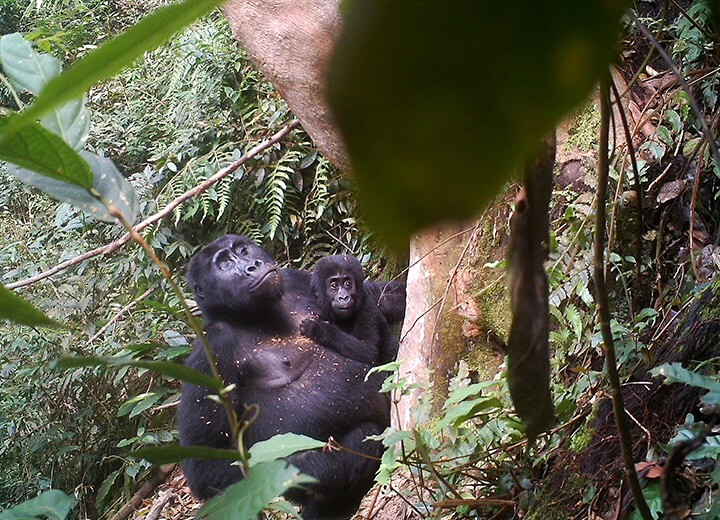

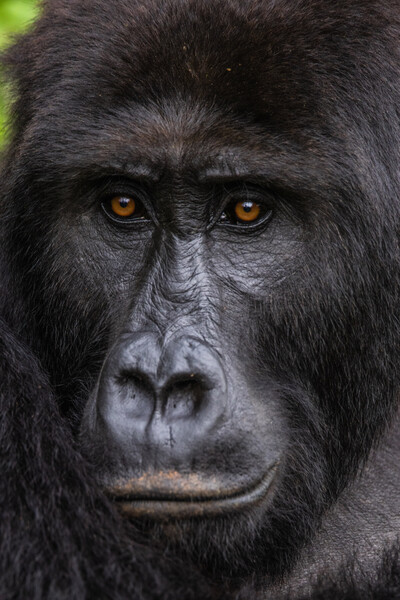
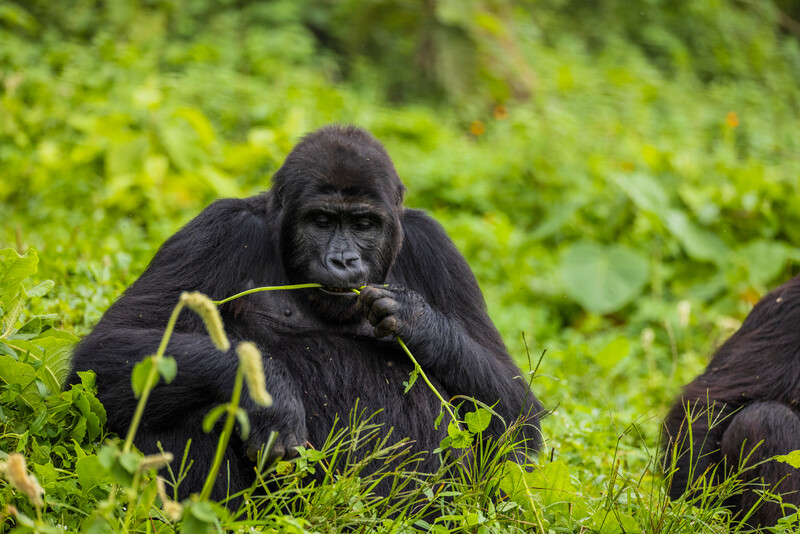
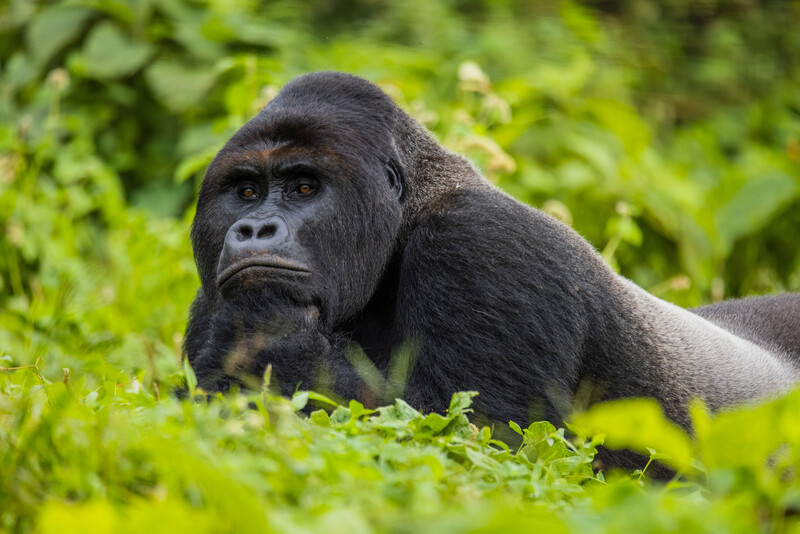
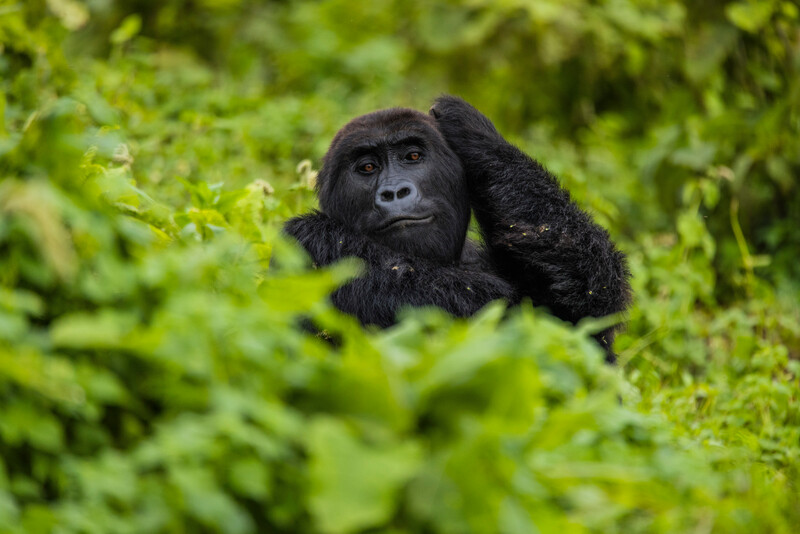
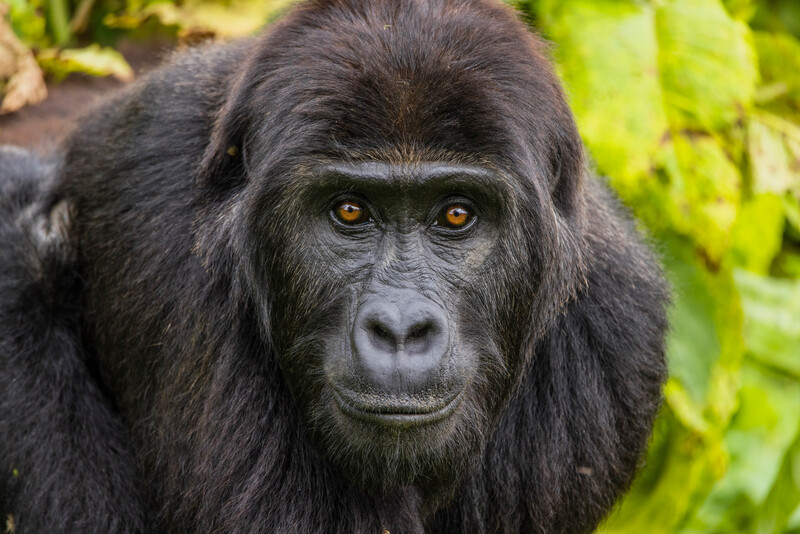
Lindsay is the Director of Media Relations for Re:wild and has a particular interest in leveraging communications to inspire conservation action. Lindsay is passionate about species-based conservation and finding compelling ways to tell stories that demonstrate the value of all of the planet’s critters, big and microscopic.
